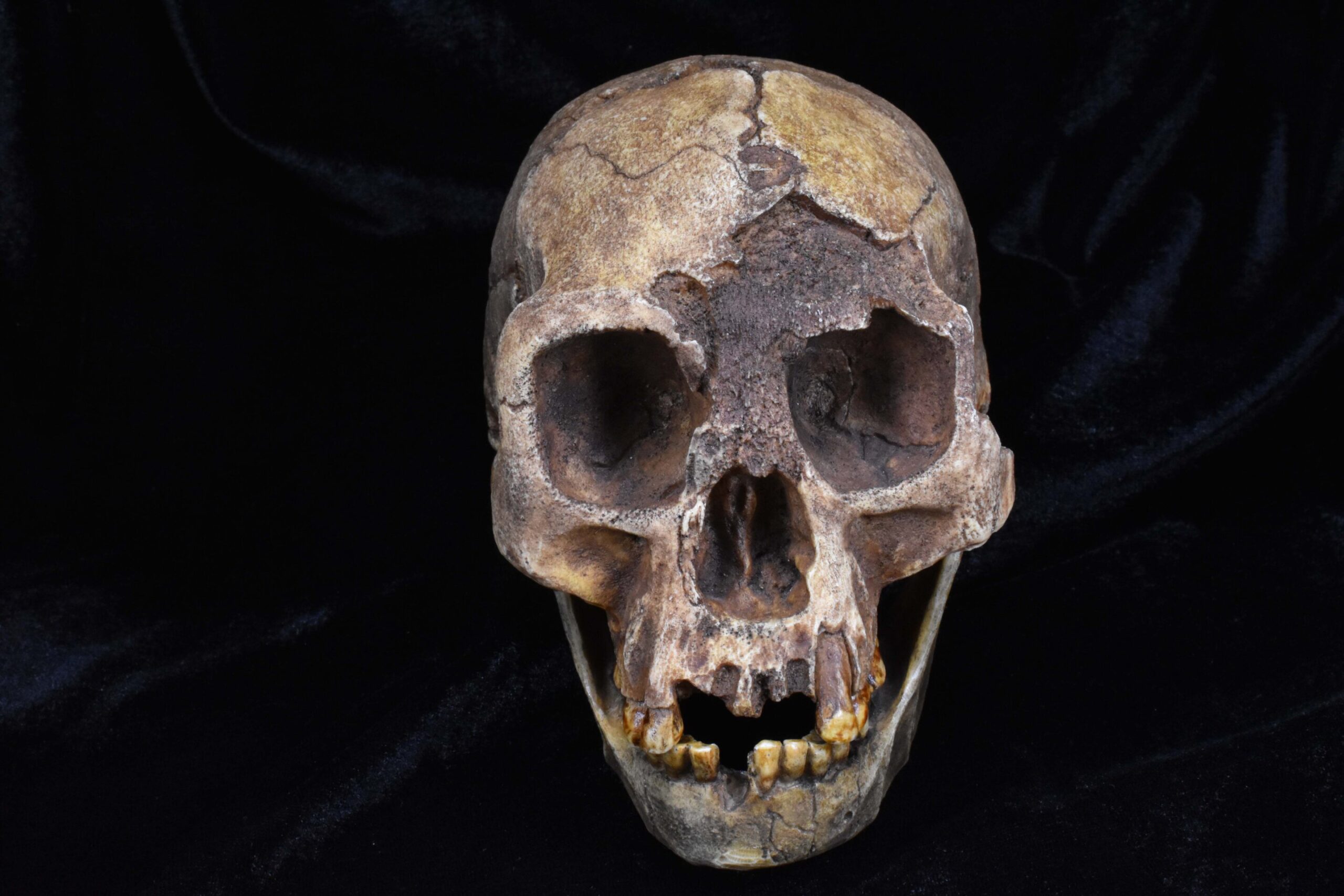Competition among species has long been recognized as a driving force in the evolutionary journey of life on Earth, and a recent study from the University of Cambridge delves deep into how this dynamic shaped the rise and fall of hominins, our early ancestors. The research not only revises timelines but also reveals a fascinating and “bizarre” evolutionary pattern within the Homo lineage, challenging conventional narratives about our evolutionary history.
Traditionally, climatic conditions have often been attributed to the emergence and extinction of hominin species. However, the new study, published in Nature Ecology & Evolution, brings to light the pivotal role of interspecies competition in the process of “speciation”—the formation of new species—across a span of five million years of hominin evolution.
Lead author Dr. Laura van Holstein, a biological anthropologist from Clare College at the University of Cambridge, emphasizes that while climate certainly plays a role, competition among species has been a fundamental but overlooked aspect of shaping our evolutionary tree.
Drawing parallels with other vertebrates, Dr. van Holstein explains how species evolve to occupy specific ecological “niches.” For instance, Darwin’s finches developed different beak sizes for specialized feeding habits. However, when these niches reach saturation, competition intensifies, leading to a plateau in new species emergence and an increase in extinctions.
Using Bayesian modeling and phylogenetic analyses, Dr. van Holstein reveals that most hominin species formed during periods of low competition for resources or space, mirroring patterns observed in other mammals. However, the Homo lineage, which includes modern humans, presents a stark contrast.

In an unexpected twist, the Homo lineage exhibited a reverse pattern where competition between species spurred the emergence of even more new species—an anomaly rarely seen in vertebrate evolution. This phenomenon, wherein higher species diversity led to increased speciation rates, sets Homo apart from other lineages and presents a unique evolutionary trajectory.
Dr. van Holstein likens this pattern to island-dwelling beetles, where contained ecosystems can result in unconventional evolutionary trends. The research highlights the unprecedented nature of Homo’s evolutionary journey, marked by an exponential increase in species diversity driven by interspecies competition.
The study also addresses challenges in accurately estimating species lifetimes using fossil records. Dr. van Holstein’s meticulous data modeling and analysis led to revised start and end dates for numerous hominin species, shedding light on their coexistence and potential competition.

Furthermore, the study challenges previous assumptions about how certain hominin species evolved, suggesting that some may have branched off from existing lineages rather than evolving linearly. This nuanced understanding of speciation dynamics provides new insights into the complex interplay of factors driving hominin evolution.
Dr. van Holstein proposes that Homo’s ability to innovate and utilize technology, such as stone tools or fire, played a crucial role in expanding ecological niches and driving speciation. This adaptability allowed Homo species to thrive in diverse environments and carve out distinct evolutionary pathways.
Ultimately, the rise of Homo sapiens as the ultimate generalists, coupled with competition with other Homo species, may have contributed to the extinction of our evolutionary relatives. The study underscores the significance of competition in shaping human evolution and challenges conventional perspectives on our evolutionary history.
Dr. van Holstein’s research serves as a testament to the intricate and dynamic nature of evolutionary processes, highlighting the role of competition as a driving force in the diversity and complexity of life forms, including our own species, Homo sapiens.
Source: University of Cambridge
